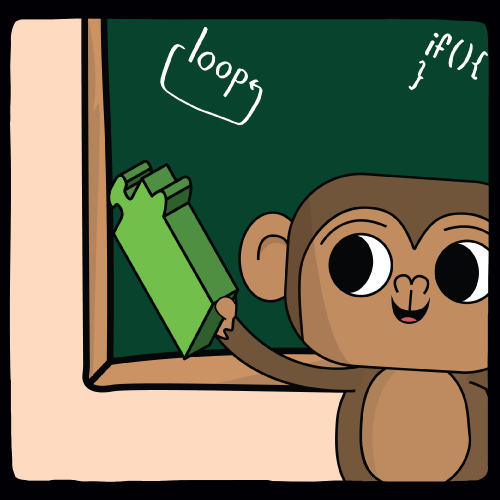Digital transformation is changing everything from the business and corporate world down to learning institutions. First adopters of technology have already witnessed how tech in the education sector can prepare young learners to solve modern problems. And as programming gains momentum in different learning environments, there’s an increased need to make coding and computer science lessons accessible to all the student population.
That said, a good education curriculum should allow for adjustments to accommodate all the different types of learners. Students in a traditional classroom have varying needs, abilities, and learning patterns. Teaching kids how to code is not any different. As a tutor, you’ll have to find various teaching methods that will work for diverse learners.
Common Learning Disabilities Among Students
Before we look at how coding could be made accessible to all students, let’s first understand the common barriers to learning. Most learning tools and resources available today are designed for the larger population. The minorities, such as people with disabilities, may need to find special schools to access the learning resources designed for them. For those who cannot access these learning resources, learning could be deferred, delayed, or stopped altogether.
And while teaching students to code, it’s important to note that several things could prevent a given population from learning as they should. Physical, mental, and cognitive disabilities are perhaps some of the major causes of concern. According to the Individual with Disabilities Education Act (IDEA), there were nearly 7.5 million students with disabilities across the U.S. public schools in 2018-2019. Some of these students include those with speech and language needs, autism, and other health impairments.
Most of these issues translate to learning disabilities, affecting the students’ ability to process and retain information. This prevents them from acquiring an equal amount of knowledge as their peers. The five most common learning disabilities today include:
- Dyscalculia– difficulty dealing with mathematical problems such as counting and grouping numbers, estimation, and measurements.
- Dyslexia– this is one of the common disabilities where a learner has trouble reading and understanding text.
- Dysgraphia– this disability affects the learner’s ability to write legibly as they struggle to hold writing materials.
- ADHD– learners with ADHD find it hard to pay attention and stay on track for long as they can be easily distracted.
- Dyspraxia– this disability affects the learner’s hand-eye coordination. This leads to low or poor performance in day-to-day activities.

Coding for Students with Learning Disabilities
When teaching kids to code, the tutor needs to develop high-tech skills without being bias. This calls for the right choice of learning curriculum as well as the learning tools and technologies. Tutors need to analyze the students’ learning capabilities based on their attention, memory, vocabulary, reasoning, language, and reading skills.
It’s also worth noting that there’s no average student. So instead of designing the learning programs for a select group of “average learners,” you need to dig deep to uncover the strengths and weaknesses of these students. That means the teaching curriculum should be flexible enough to stretch both ends of the learning spectrum. The benefit to this is that tutors can amplify the students’ strengths while boosting the weaknesses to ensure that critical balance.
For instance, kids with ADHD may find it hard to concentrate on things they are not interested in; however, they will find it easier to focus on things that pique their interest. So instead of generalizing the problem and finding a quick solution, you want to go into the details and find ways to solve individual aspects of the problem. If such kids find coding interesting, it’s necessary to relay the entire lesson in a fun and entertaining manner.
Similarly, children with autism can find a space in the programming world if they develop interest and are well-coached. Due to their improved visual and three-dimensional skills, they could quickly spot errors in codes. This makes them the best candidates for debugging software, and their competence could lead them to high-profile careers such as full-stack development or UX/UI design.
The Bottom Line
At the heart of teaching students with disabilities to code lies interest and resources. Interest among these students is necessary to build the foundation to which they can learn and grow. In other words, if the students do not have an interest in computers or technology in general, it would be hard to get them started. On the other side of the equation is resources. This encompasses everything from the learning tools, coding courses, and programs to technologies designed for students with disabilities.
Today, most programming resources, from kids’ coding classes to videos and tutorials, have been formatted to ensure compatibility with screen readers for visually impaired students. Such courses are also gamified and highly customizable to allow all the neurodiverse students to benefit and learn with little to no barriers.





